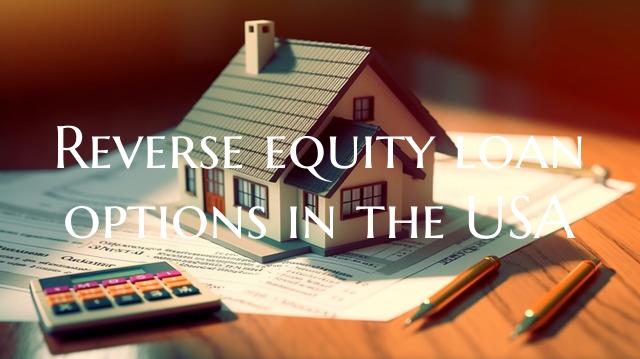Reverse equity loan options in the USA

As the population ages, more American homeowners are seeking financial solutions to support their retirement years. One increasingly popular option is a reverse equity loan, which can provide seniors with access to their home's equity without the burden of monthly payments.
Reverse equity loans, also known as reverse mortgages, allow homeowners aged 62 and older to convert a portion of their home equity into cash. This can be a valuable source of income for retirees looking to supplement their savings or cover unexpected expenses.
In the USA, there are several reverse equity loan options available to homeowners. The most common type is the Home Equity Conversion Mortgage (HECM), which is insured by the Federal Housing Administration (FHA). This government-backed program offers flexible terms and protections for borrowers, making it a popular choice for many seniors.
Another option is the proprietary reverse mortgage, offered by private lenders. These loans may have higher upfront costs and interest rates compared to HECMs, but they can be a good alternative for homeowners with higher home values or specific financial needs.
Before considering a reverse equity loan, it's important for homeowners to understand the potential risks and benefits. While these loans can provide a valuable source of income, they also come with fees, interest, and the eventual repayment of the loan amount. Homeowners should carefully weigh their financial situation and long-term goals before deciding if a reverse equity loan is the right choice for them.
In conclusion, reverse equity loan options in the USA can be a valuable tool for seniors looking to tap into their home equity in retirement. By exploring the various loan programs available and seeking guidance from a qualified financial advisor, homeowners can make informed decisions to support their financial well-being in later years.
